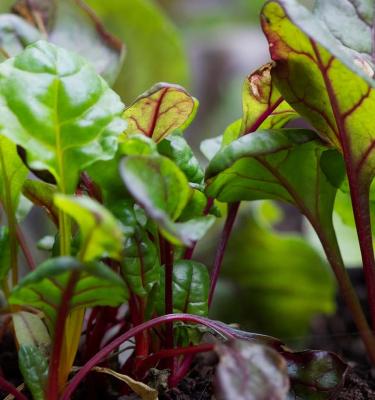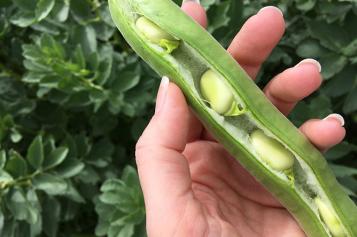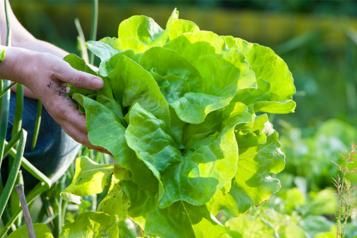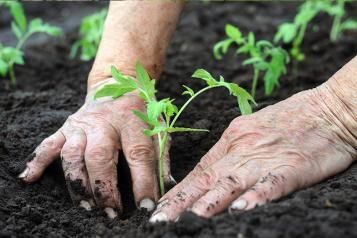There are plenty of vegetables to grow in the garden, even in winter.
 Top tips on planting vegetables for winter
Top tips on planting vegetables for winter
What you can do in winter:
It's the right time for lifting, dividing and replanting crowns of the following:
- Rhubarb
- Asparagus
- Horseradish
- Globe artichoke
Some seeds may be sown into seed trays kept indoors or under cover for warmth, to produce seedlings ready to plant out into the garden in early spring. They include:
- Broad beans
- Onions
- Spinach
- Silverbeet and rainbow chard
The winter vegetable plot should be producing a good range of cold season crops including:
- Cabbage and cauliflower
- Broccoli and broccolini
- Brussels sprouts
- Kale
- Winter lettuce ('pick and come again' varieties)
- Silverbeet
- Beetroot
- Carrot
- Leeks
Care tip:
To keep these crops growing and producing well, feed them with Scotts Osmocote® Tomato, Vegetable & Herb Controlled Release Fertiliser.
 Preparing the vegetable patch this winter
Preparing the vegetable patch this winter
Successful vegetable and herb gardening, especially in winter, requires good soil preparation.
Young plants will struggle to establish and thrive if the soil is under-nourished.
Before sowing seeds or planting out seedlings:
|
Apply even more nutrients |
Organic material slowly releases nutrients as it decomposes and breaks down. To give plants a boost when it’s needed most, topdress with one or more of the following:
|
|
Working and turning the soil |
Over time, soil can become compacted and hard. This is detrimental to plants because it:
Working the soil helps to break it up to:
|












